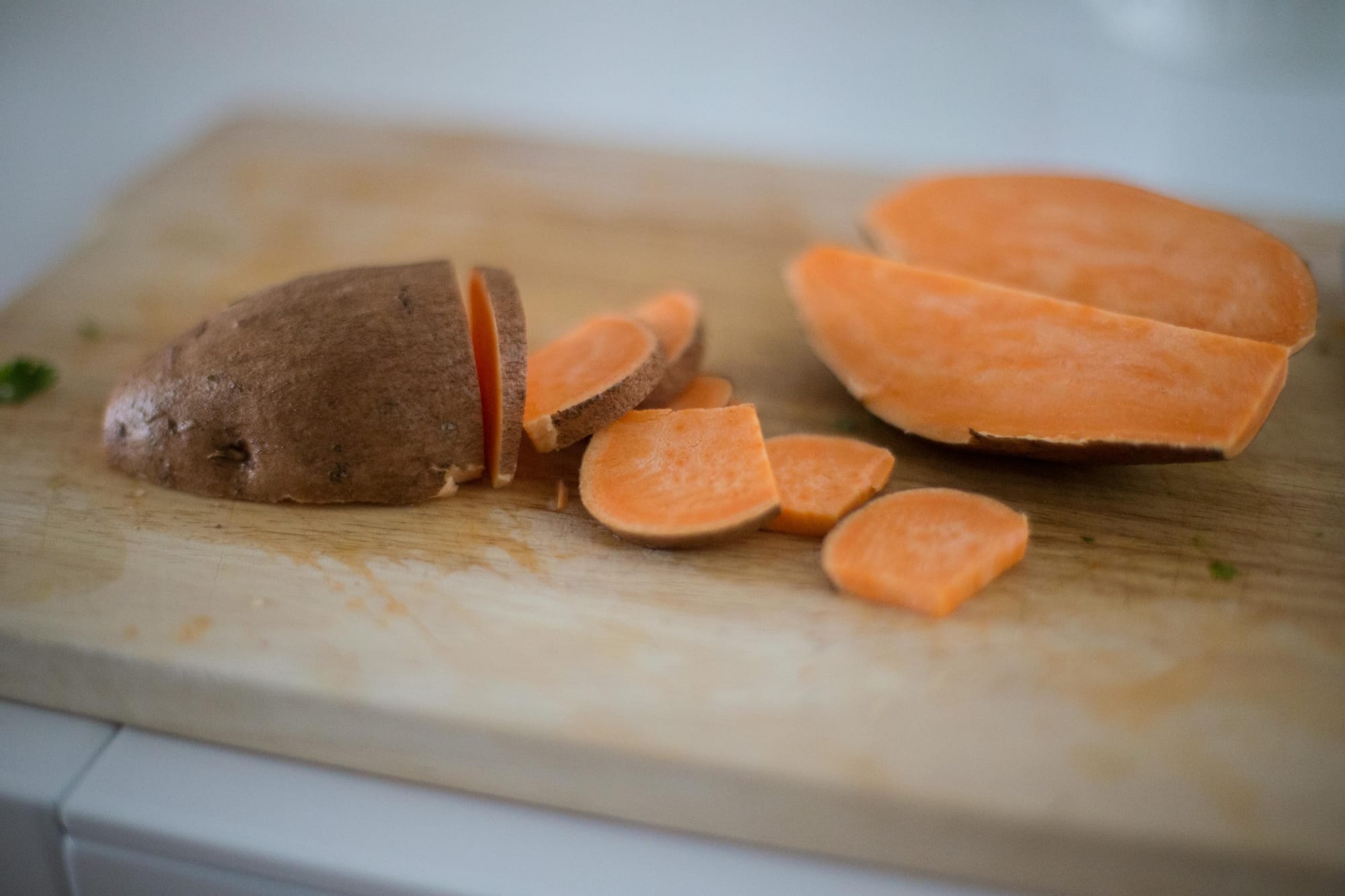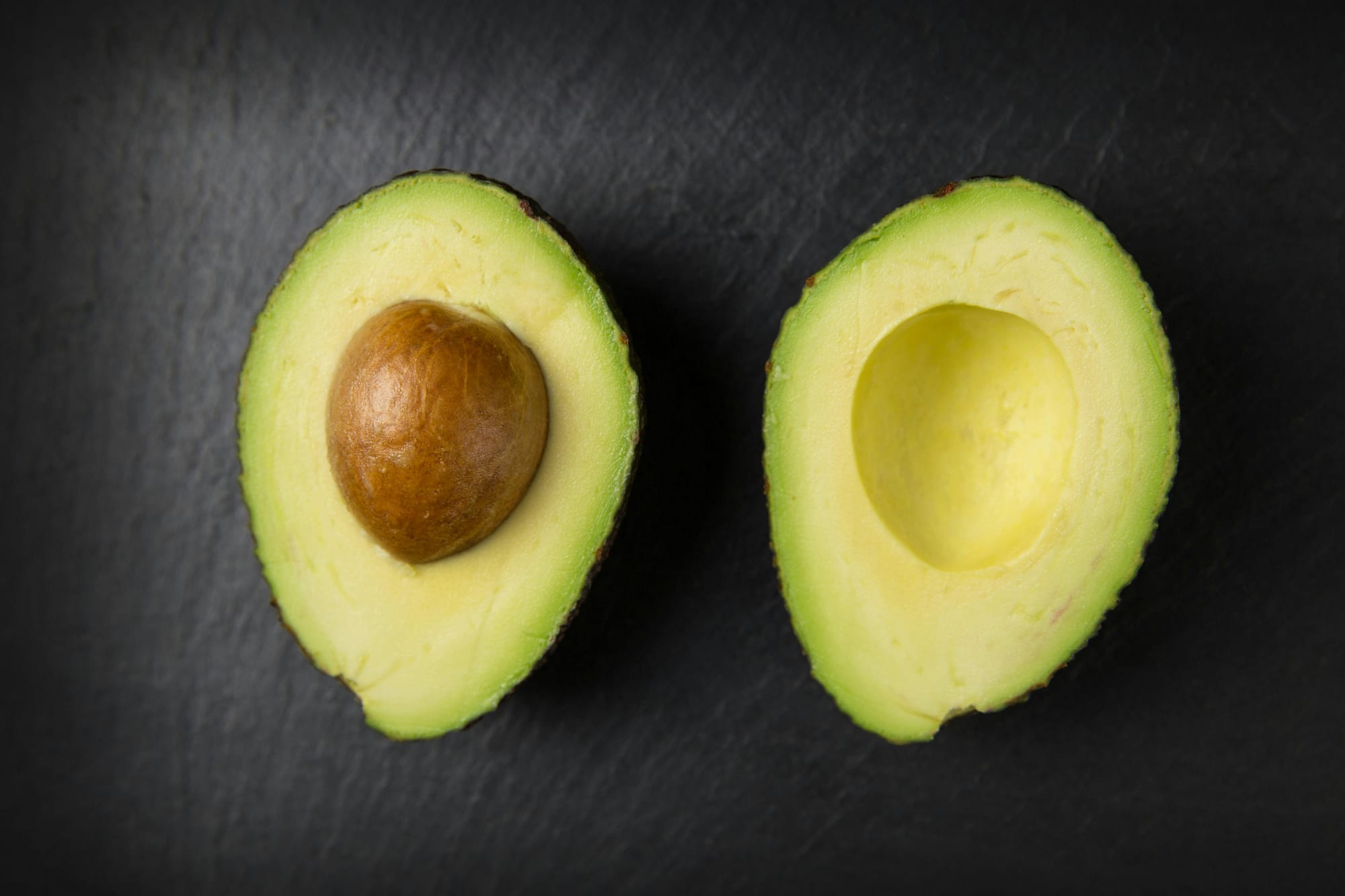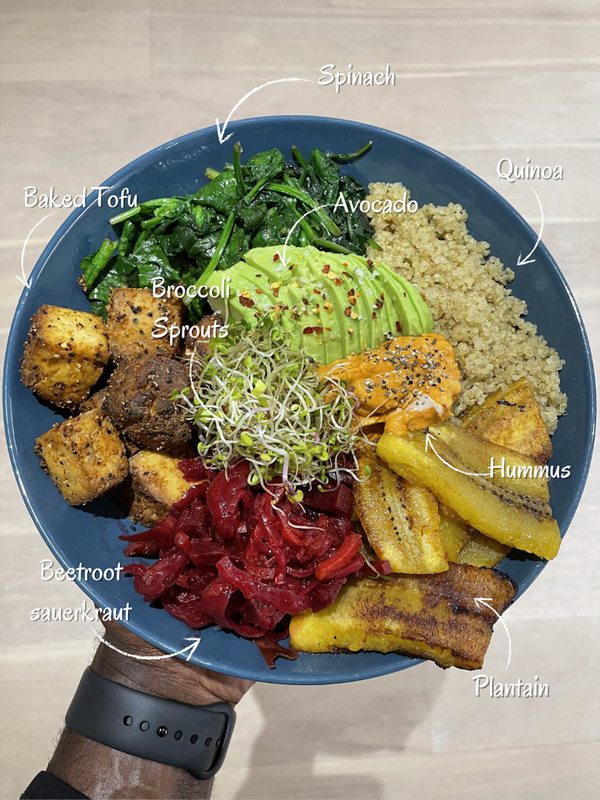One of the fun things about social media in recent times is the abundance of recipes that emerge from all different dietary corners.
Creative plant-based recipes in particular can be very exciting, with the aim of giving you different ideas of what you can get on your plate daily.
However, its important to recognise that what determines the quality of a recipe is how rounded it is nutritionally, not how many likes/shares/comments it has.
For all the fancy recipes that exist out there, sometimes it helps to just know how to build a simple, balanced plant-based bowl or plate.
It's something I do throughout the week - here is what I focus on:
Source of protein
Protein is vitally important for skin and hair health, development of healthy cells and even hormone production.
It should be a primary focus of all your meals in truth, regardless of if you want to build muscle or not.
My typical go-tos are tofu or tempeh, with legumes such as lentils and beans often making their way in as well.
Complex carbohydrates
Don't fear carbohydrates; they don't make you fat.
Some of the healthiest foods in the world are sources of complex carbohydrates: I often aim to get some sort of root vegetable or whole grain onto a plate.
Two of my regular go-tos are quinoa and baked sweet potato.
They're packed full of fibre and antioxidants, and are absolute staples.

Healthy fats
Fat is another macronutrient that is seemingly demonised by parts of the plant-based community (including prominent plant-based doctors) but it is vitally important for hormone production, heart health and eye health, as well as nutrient absorption.
Avocados are probably my favourite source of healthy fats that I get onto my plates, and others include tahini, hemp seeds and hummus.
Green vegetables
This is a food that in my opinion you should be eating most days: greens are a fantastic source of antioxidants and compounds that support brain, eye and skin health, as well as minerals such as calcium and iron.
Whether it's kale, spinach, swiss chard, broccoli or rocket (arugula), I make sure to get in plenty of these.

Fermented foods
Since learning about the benefits of fermented foods around 3 years ago, I always have them in my fridge and add them to my balanced plates.
If you didn't know, fermented foods are fantastic for gut health.
Kimchi (my favourite) and sauerkraut are two that I don't live without.
Once you get into a flow, then you can start to rotate different foods on the plate to keep it interesting and diverse (which also benefits our gut bacteria).
You can also explore extras like broccoli sprouts, which are an absolute powerhouse of nutrition too.
I hope this serves as a guideline to help you build really complete plant-based plates and bowls.
Social media recipes are often fun and cool, but building nutritionally dense plates using whole foods is really what will help to give you the most bang for your buck from a plant-based lens.
And even if you incorporate animal products into your diet, adopting the balanced method with plenty of plants is always going to be a winner too.
Tag me on Instagram or Twitter if you get round to making some of your own balanced plates and bowls!
Stay healthy,
Jeff
